Ghost towns offer a fascinating glimpse into the past. These places, once bustling with life, now stand abandoned and silent. Each has its own story, shaped by events that led to its desertion. Exploring these towns can feel like stepping into a time capsule. They are preserved pieces of history, frozen in time. Here are some of the most intriguing ghost towns around the world.
Bodie, California, USA
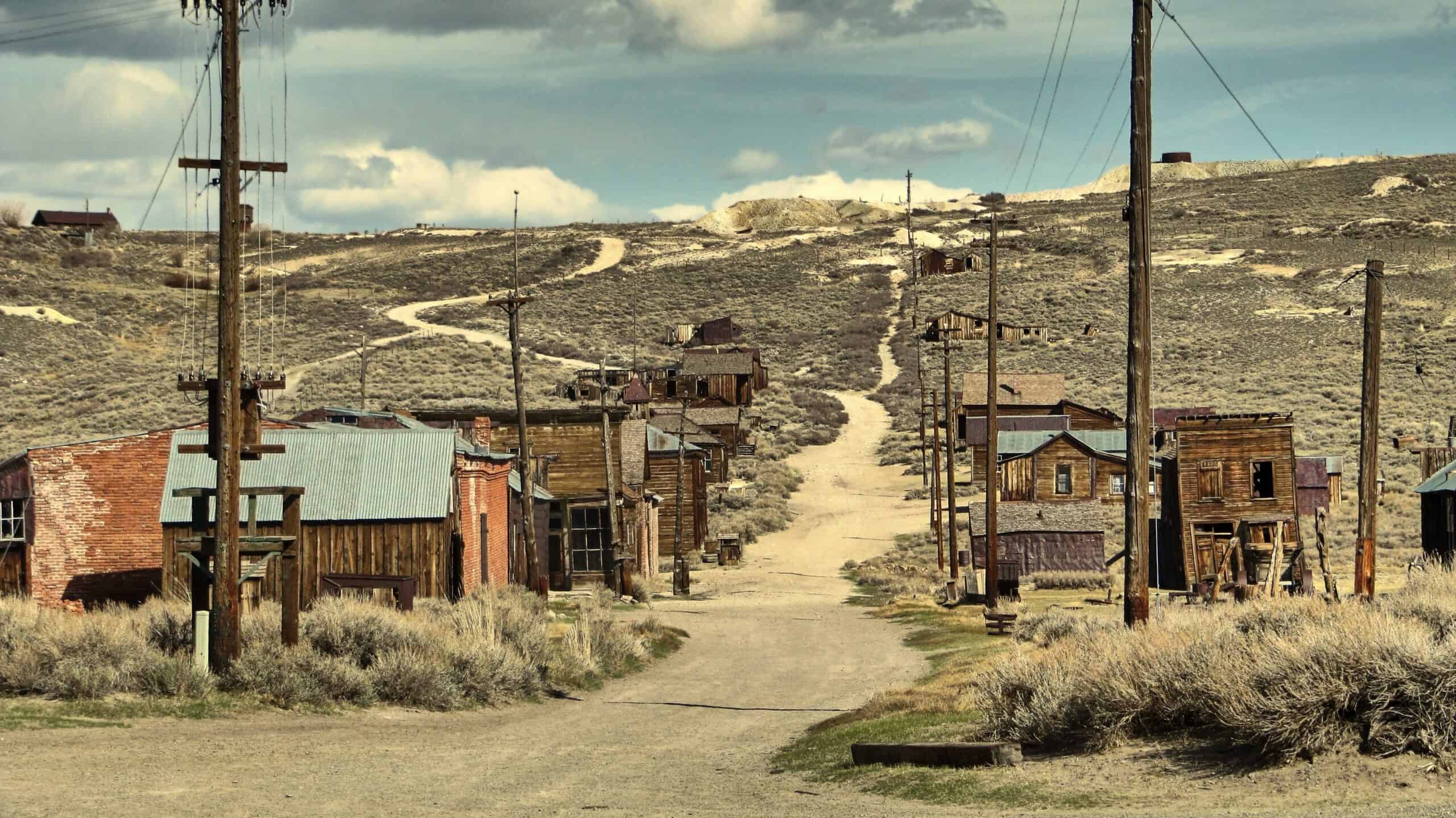
Bodie, California, was once a thriving gold mining town. Founded in 1859, it saw its peak in the late 1800s. At its height, Bodie had a population of nearly 10,000. The town was notorious for its lawlessness and wild reputation. Today, Bodie is preserved in a state of arrested decay, with its buildings and artifacts untouched. The decline began in the early 20th century as gold resources depleted. By the 1940s, Bodie was completely abandoned. The town was designated a National Historic Landmark in 1961. Visitors can still walk the streets and peek into homes and businesses. It’s a well-preserved window into the Old West, capturing a bygone era.
Pripyat, Ukraine
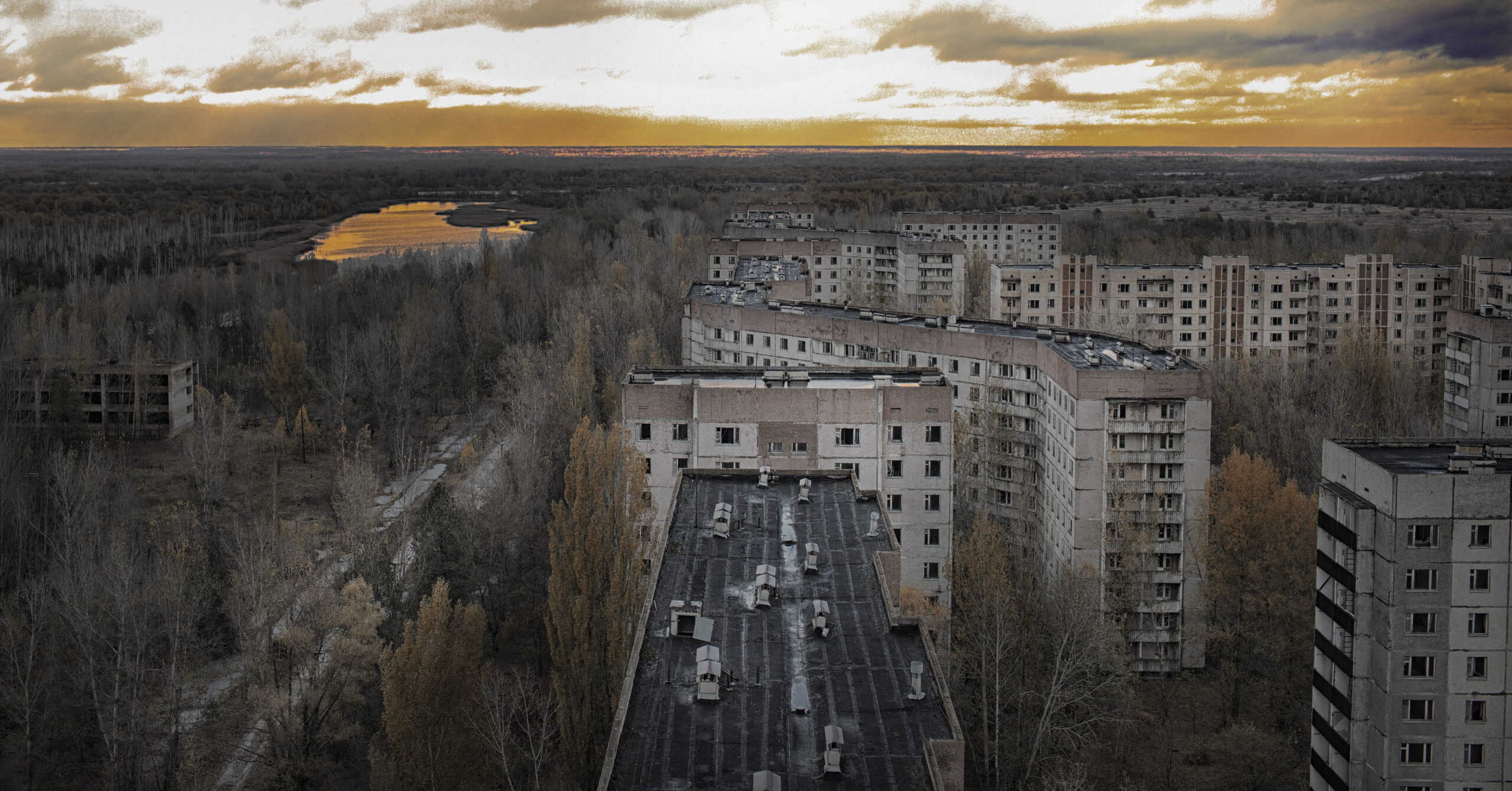
Pripyat, Ukraine, is infamous for its sudden abandonment. Founded in 1970, it was home to workers of the Chernobyl Nuclear Power Plant. The city had modern amenities and a population of 49,000. In 1986, the Chernobyl disaster struck, forcing a hasty evacuation. Residents left their homes, possessions, and lives behind. Today, Pripyat stands frozen in time. Buildings, schools, and amusement parks remain eerily intact. Nature has slowly reclaimed parts of the city. Pripyat is a chilling reminder of the nuclear catastrophe.
Kolmanskop, Namibia
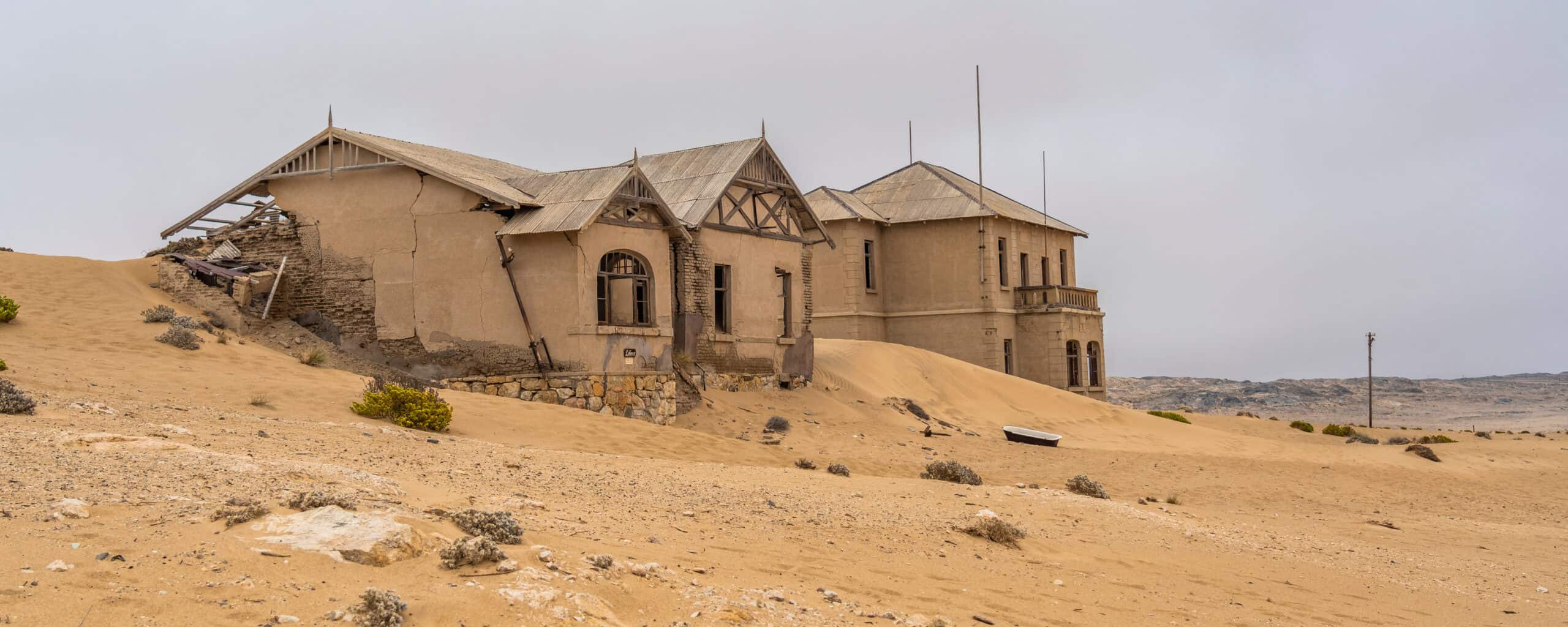
Kolmanskop, Namibia, was a diamond mining town in the early 1900s. German settlers established it in 1908. The town featured grand buildings and modern amenities for its time. At its peak, it had a hospital, school, theater, and casino. However, the diamond field soon depleted, leading to its decline. By 1954, Kolmanskop was abandoned. Sand dunes have since invaded the buildings, creating surreal scenes. Visitors can tour the ghost town and see the remnants of its opulent past. The shifting sands and decaying structures make Kolmanskop a photographer’s dream.
Hashima Island, Japan
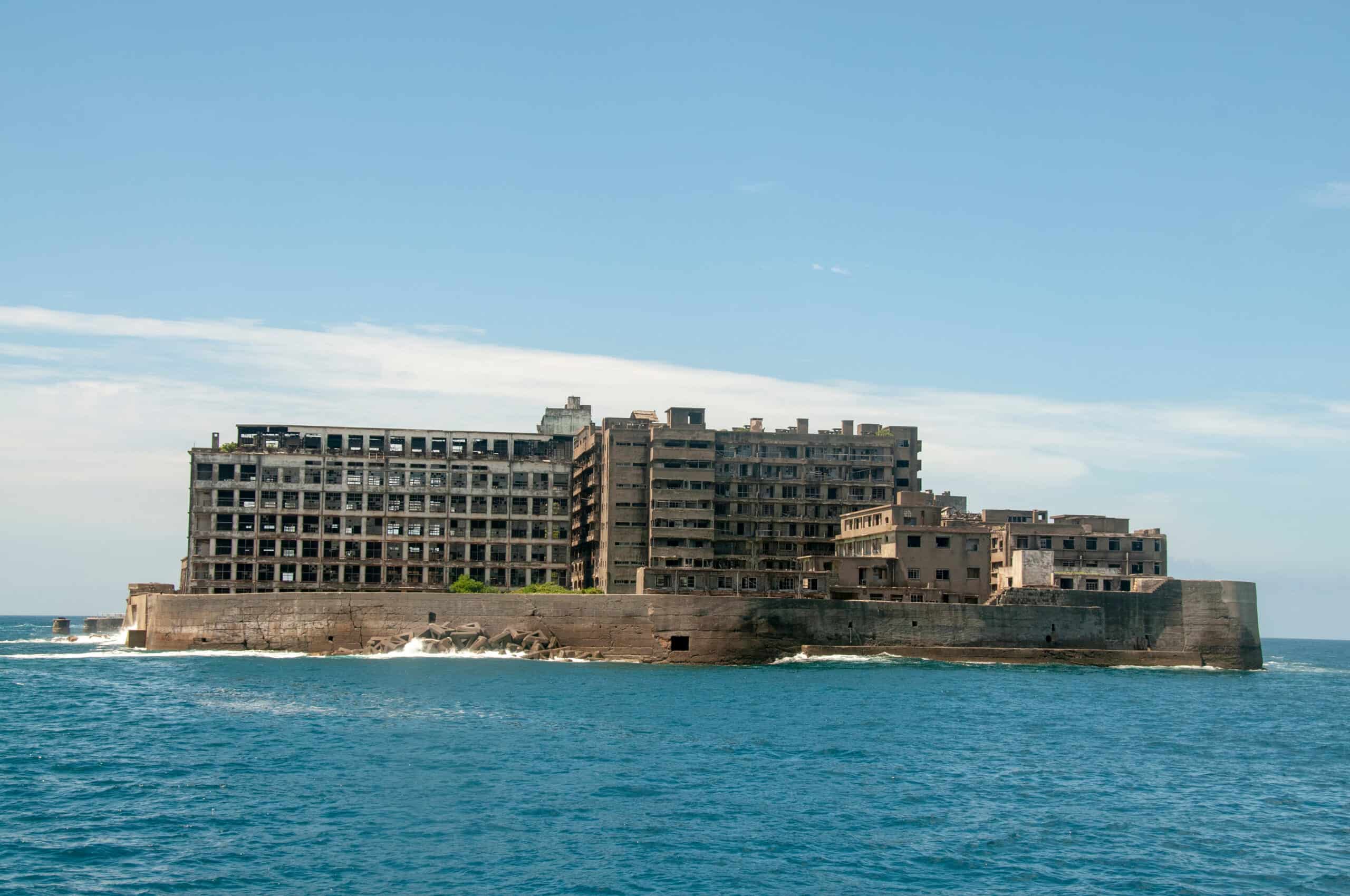
Hashima Island, also known as Gunkanjima, was once a bustling coal mining facility. Mitsubishi bought the island in 1890. It became densely populated, housing over 5,000 workers by the 1950s. The island featured concrete apartment blocks, schools, and shops. Life on Hashima was isolated but vibrant. Coal reserves dwindled, and by 1974, the island was abandoned. Today, Hashima is a stark, crumbling relic of Japan’s industrial past. The island was closed to the public for many years but is now open for tours.
Oradour-sur-Glane, France
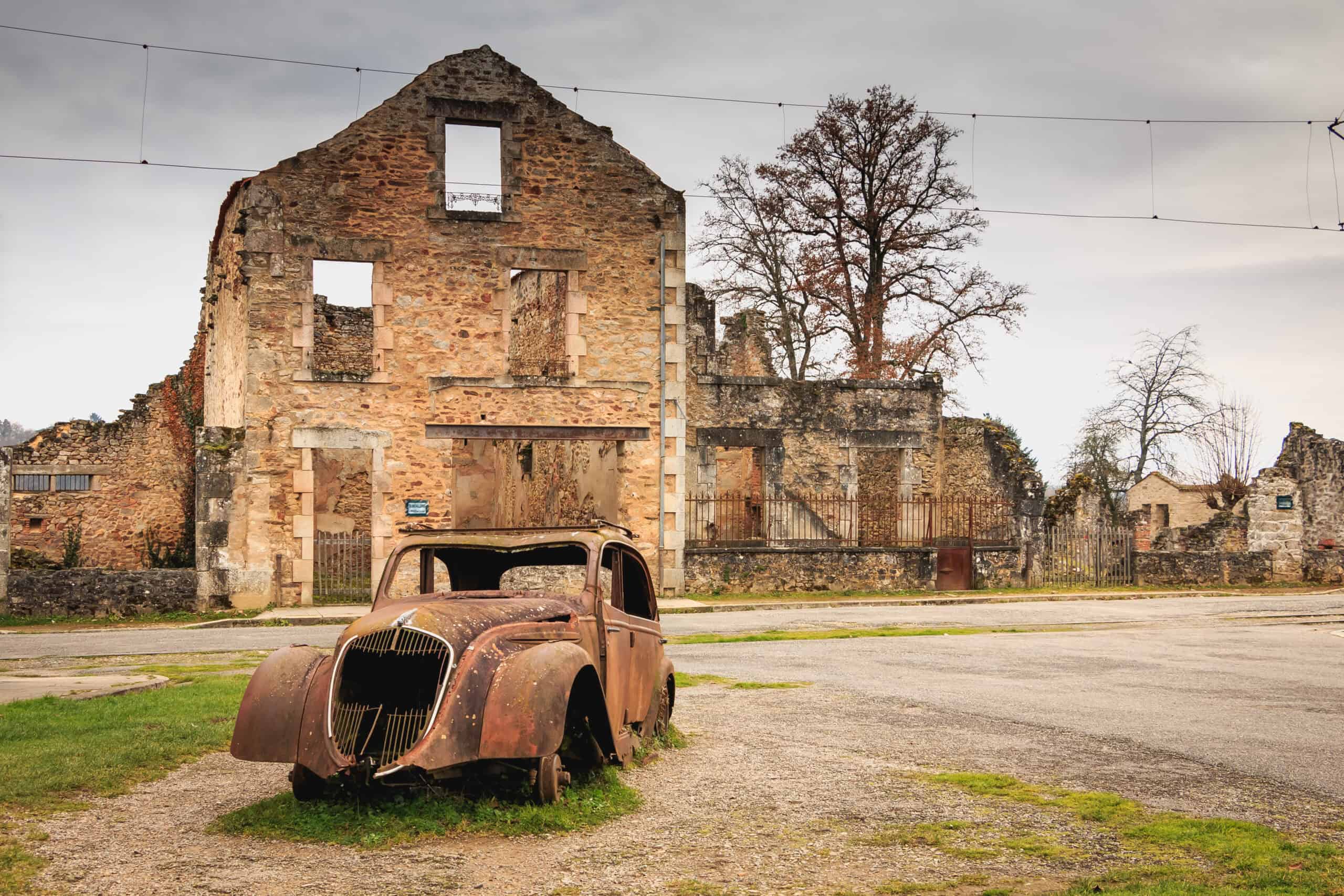
Oradour-sur-Glane, France, is a haunting World War II site. In June 1944, Nazi soldiers massacred 642 villagers. The town was left in ruins as a memorial. The French government decided to preserve it as it stood. Visitors can walk through the village and see the destruction. Homes, shops, and the church remain as they were that fateful day. Rusting cars and decaying buildings tell a tragic story. Oradour-sur-Glane serves as a somber reminder of war’s horrors. It stands as a powerful testament to the resilience of the human spirit and the importance of remembering history.
Centralia, Pennsylvania, USA
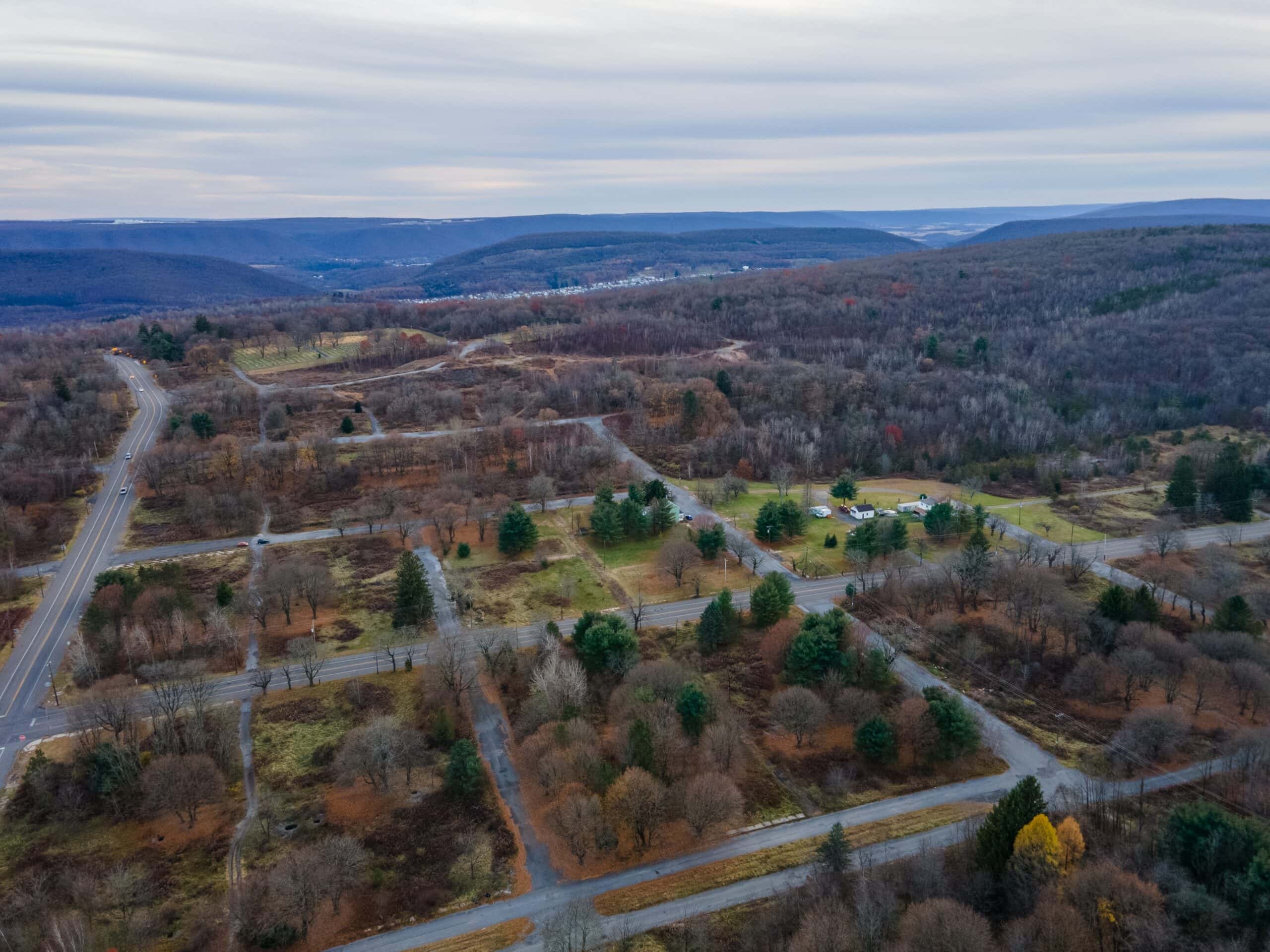
Centralia, Pennsylvania, was once a thriving mining town. Established in 1866, it grew rapidly with the coal industry. In 1962, a mine fire ignited beneath the town. Efforts to extinguish it failed, and the fire spread. Toxic gases and sinkholes made the area unsafe. By the 1980s, most residents had relocated. Today, only a few buildings and streets remain. Smoke still rises from the ground in some areas. Centralia is a stark reminder of industrial hazards.
Craco, Italy
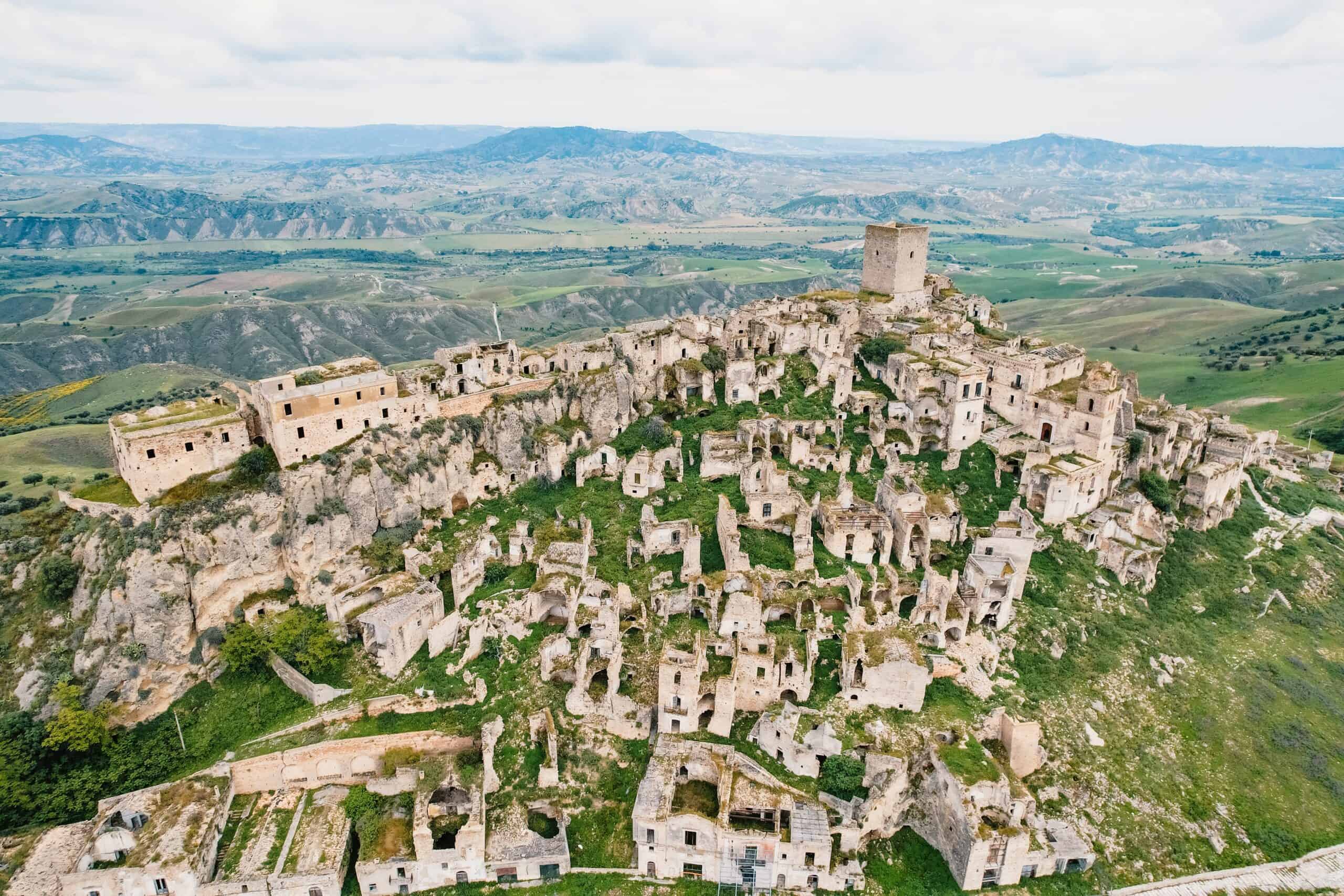
Craco, Italy, has a history dating back to the 8th century. It was a medieval hilltown with a vibrant community. In the 1960s, natural disasters struck Craco. Landslides and earthquakes made it uninhabitable. The town was gradually abandoned by 1963. Today, Craco is a picturesque ruin. Its stone buildings and narrow streets remain intact. The town has become a popular filming location due to its dramatic scenery. Visitors can explore Craco and imagine life in this ancient village. It stands as a beautiful yet eerie reminder of nature’s power.
Varosha, Cyprus
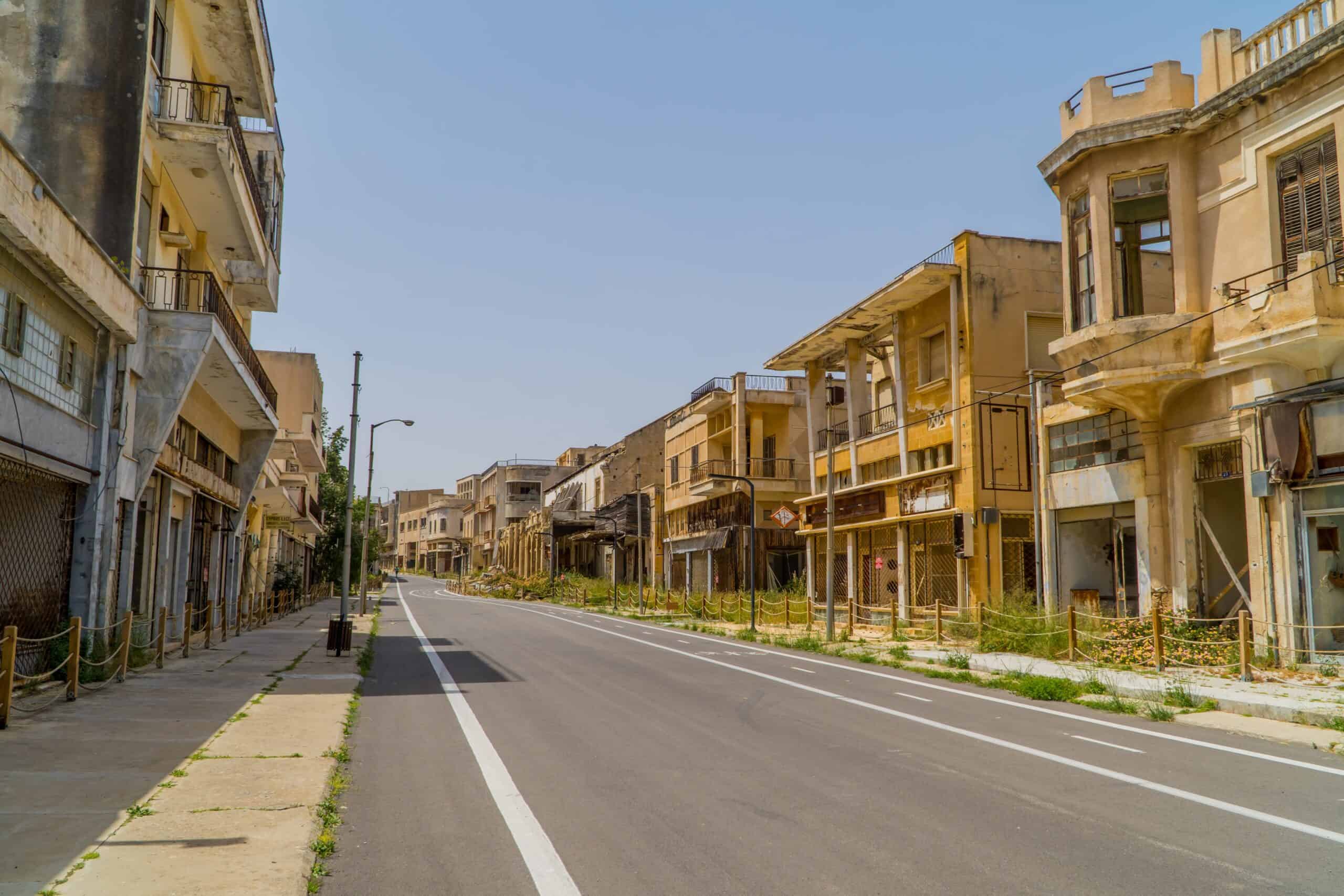
Varosha, Cyprus, was once a glamorous tourist destination. In the 1970s, it was known for its luxury hotels and beaches. The Turkish invasion of Cyprus in 1974 changed everything. The residents fled, and the town was sealed off by the military. Today, Varosha remains frozen in time. Hotels, shops, and homes stand empty and decaying. The area is still under military control and largely inaccessible. Varosha’s deserted streets and crumbling buildings are a poignant symbol of conflict. It remains a ghost town, waiting for a resolution that may never come.
Kayaköy, Turkey
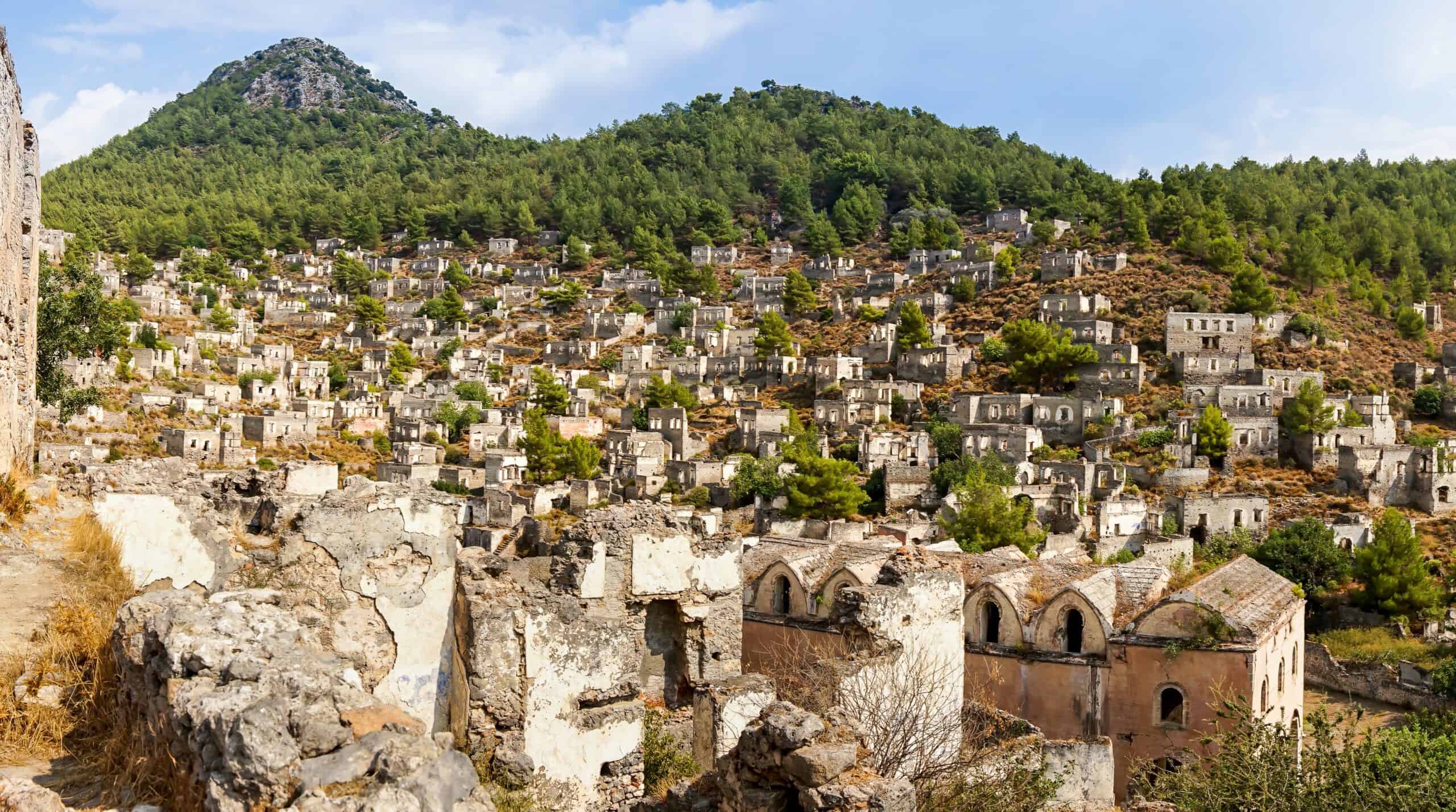
Kayaköy, Turkey, was once a bustling Greek village. It was established in the 18th century. The population peaked at around 10,000 residents. In 1923, a population exchange between Greece and Turkey left Kayaköy abandoned. The homes, churches, and schools were left to decay. Today, Kayaköy stands as a preserved ghost town. Stone buildings and narrow streets remain intact. It serves as a poignant reminder of the forced migration. The town is now a museum and attracts many visitors. Kayaköy’s haunting beauty and historical significance continue to draw interest.
Houtouwan, China
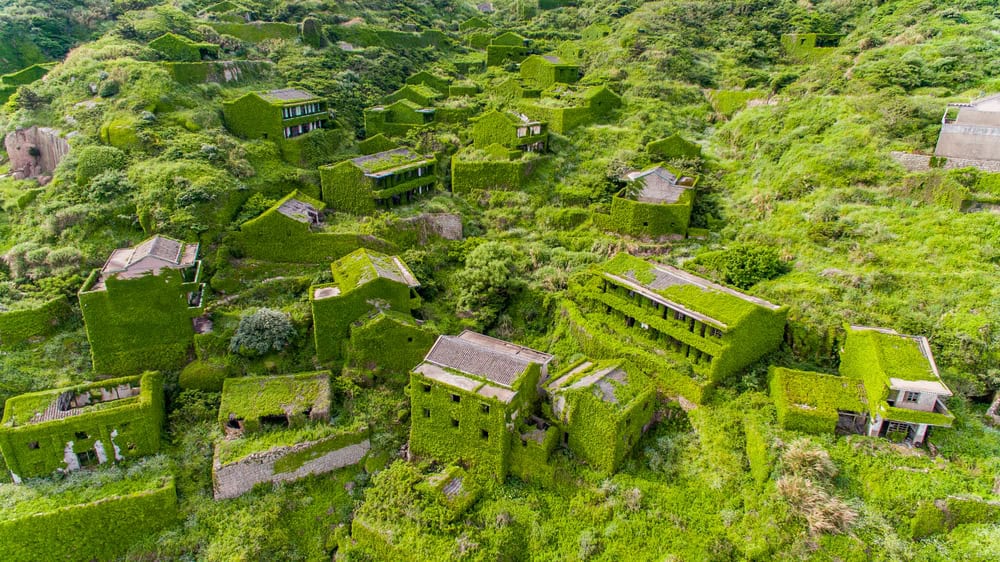
Houtouwan, China, was once a thriving fishing village. Located on Shengshan Island, it was established in the 1950s. The population dwindled in the 1990s due to economic changes. Residents moved to the mainland for better opportunities. By 2002, Houtouwan was completely abandoned. Nature has reclaimed the village. Ivy and vines cover the buildings. It creates a surreal, green landscape. Houtouwan is now a popular tourist destination. Its overgrown structures offer a unique and eerie beauty. The village remains a striking example of nature reclaiming man-made spaces.
Rhyolite, Nevada, USA
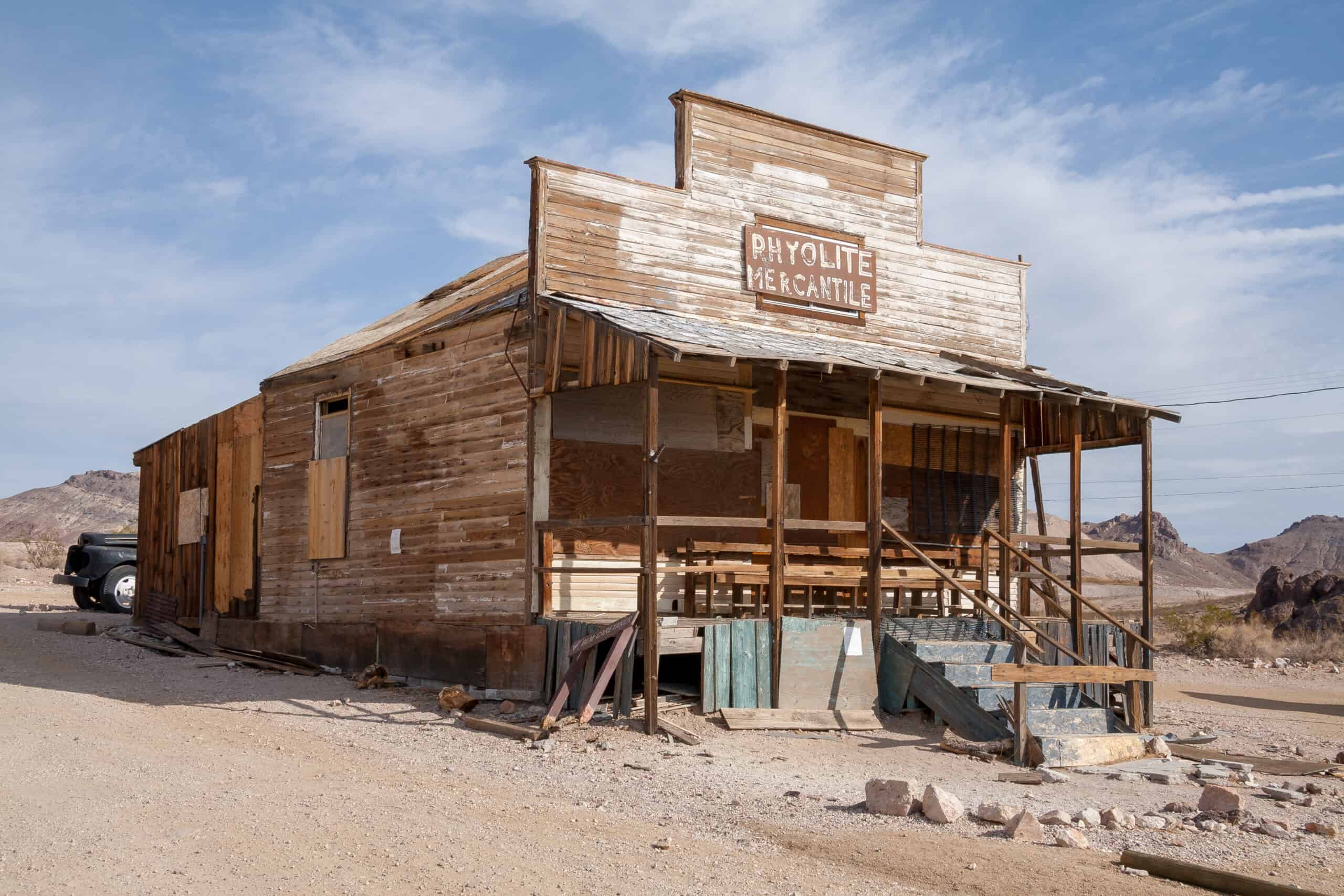
Rhyolite, Nevada, was founded in 1904 during the gold rush. It quickly grew to a population of 5,000. The town had banks, schools, and a stock exchange. By 1911, the gold supply dwindled, and people left. The town was abandoned by 1916. Rhyolite’s ruins include a train depot and a bottle house. The crumbling structures attract many visitors. Its ghostly remains stand against the desert backdrop. Rhyolite serves as a reminder of the fleeting nature of boomtowns.
Humberstone and Santa Laura, Chile
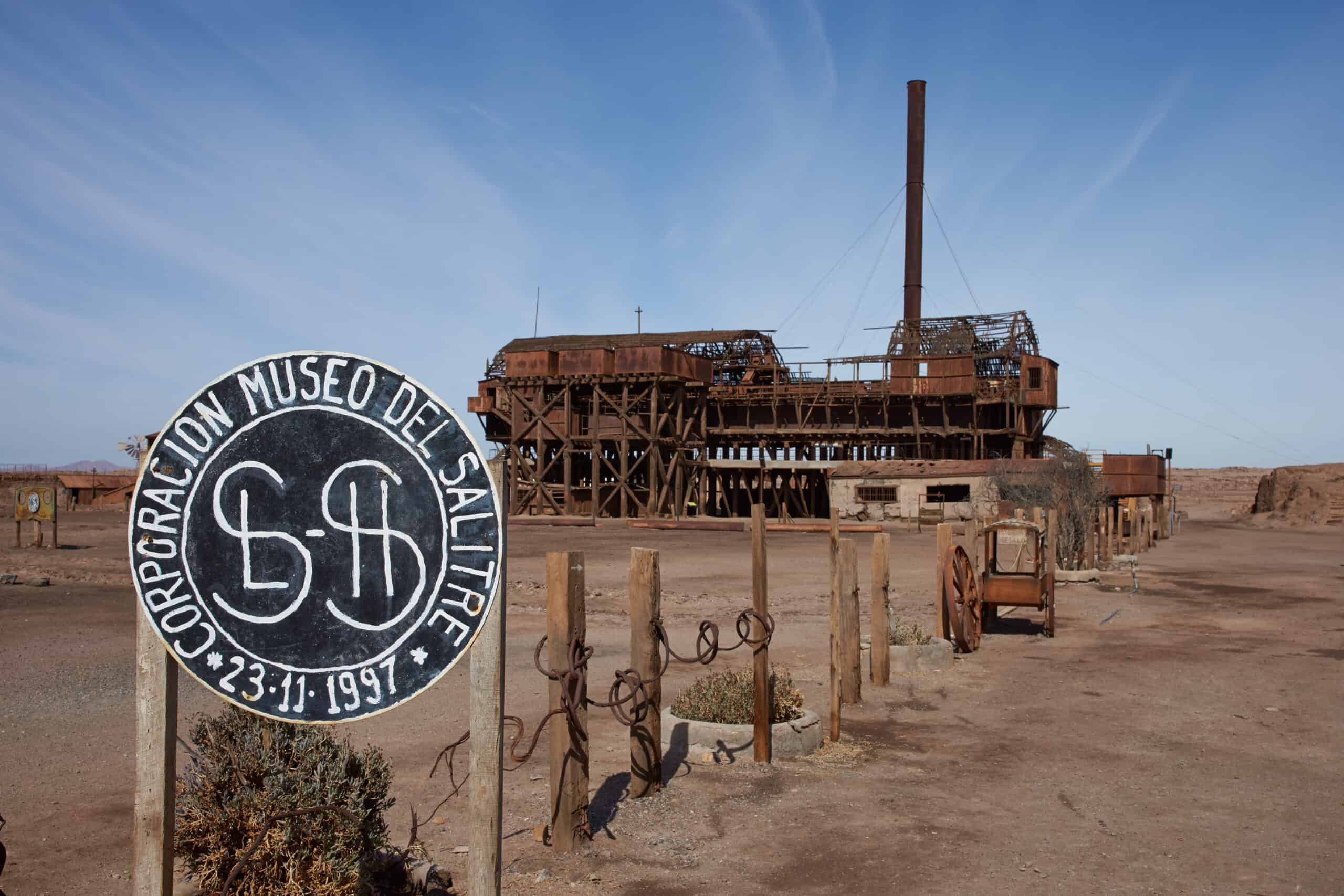
Humberstone and Santa Laura were saltpeter refineries in Chile. Established in the 1870s, they thrived for decades. The towns supported a large community. In the 1960s, synthetic alternatives led to decline. By 1961, both towns were abandoned. Now, they are UNESCO World Heritage Sites. Rusting machinery and decaying buildings remain. The towns offer a haunting insight into industrial history. Visitors can explore the remnants of the saltpeter works. Humberstone and Santa Laura stand frozen in time, preserving a unique chapter of history.
St. Elmo, Colorado, USA
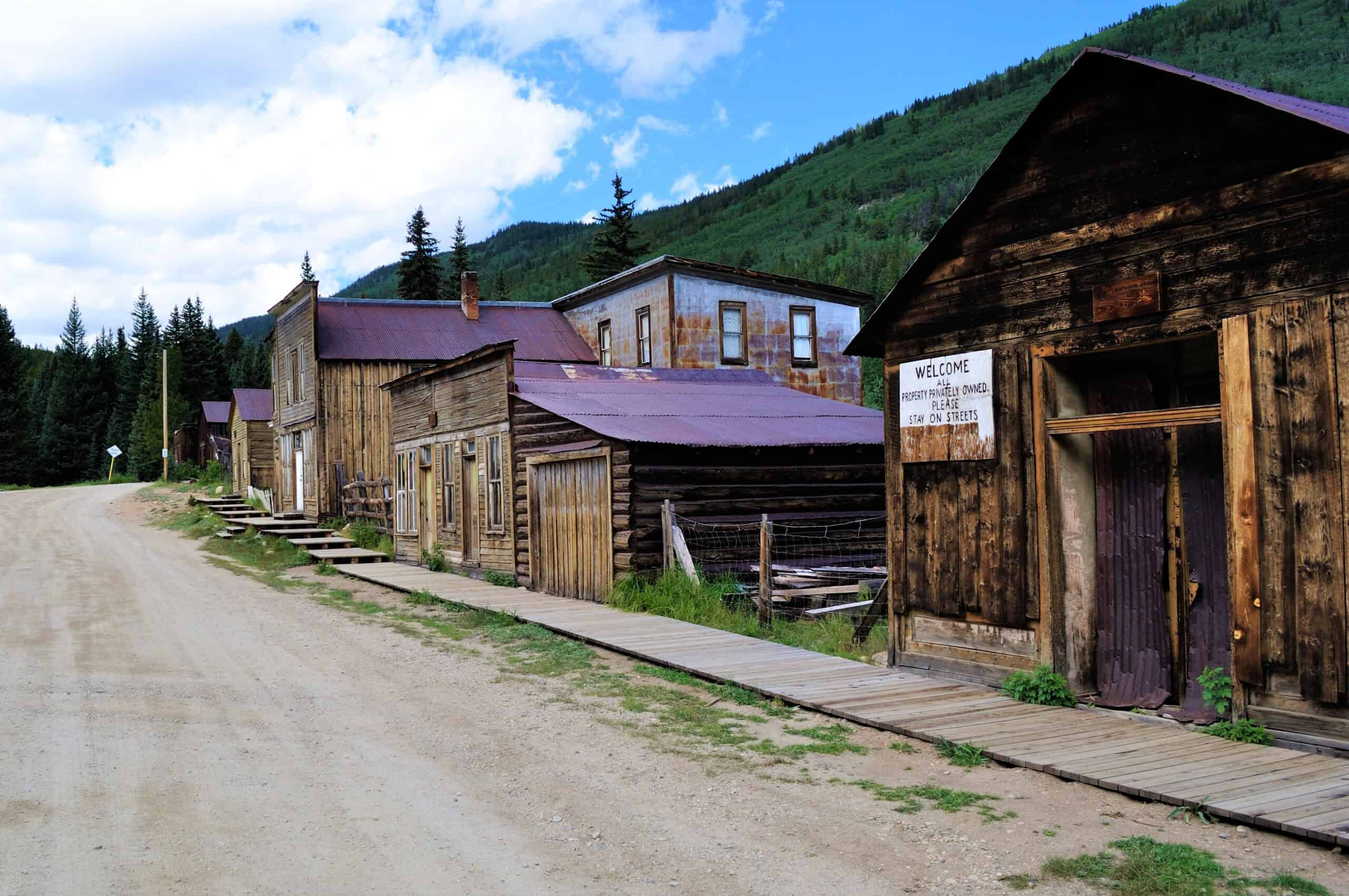
St. Elmo, Colorado, was a bustling mining town in the late 1800s. Founded in 1880, it had a population of 2,000. The town featured hotels, saloons, and a telegraph office. By the 1920s, mining declined, and people left. St. Elmo was largely abandoned by the 1950s. Today, St. Elmo is one of Colorado’s best-preserved ghost towns. Wooden buildings and vintage artifacts remain intact. The town attracts history enthusiasts and tourists. It offers a glimpse into the Old West. St. Elmo’s charm lies in its well-preserved state and rich history.
Thames Town, China
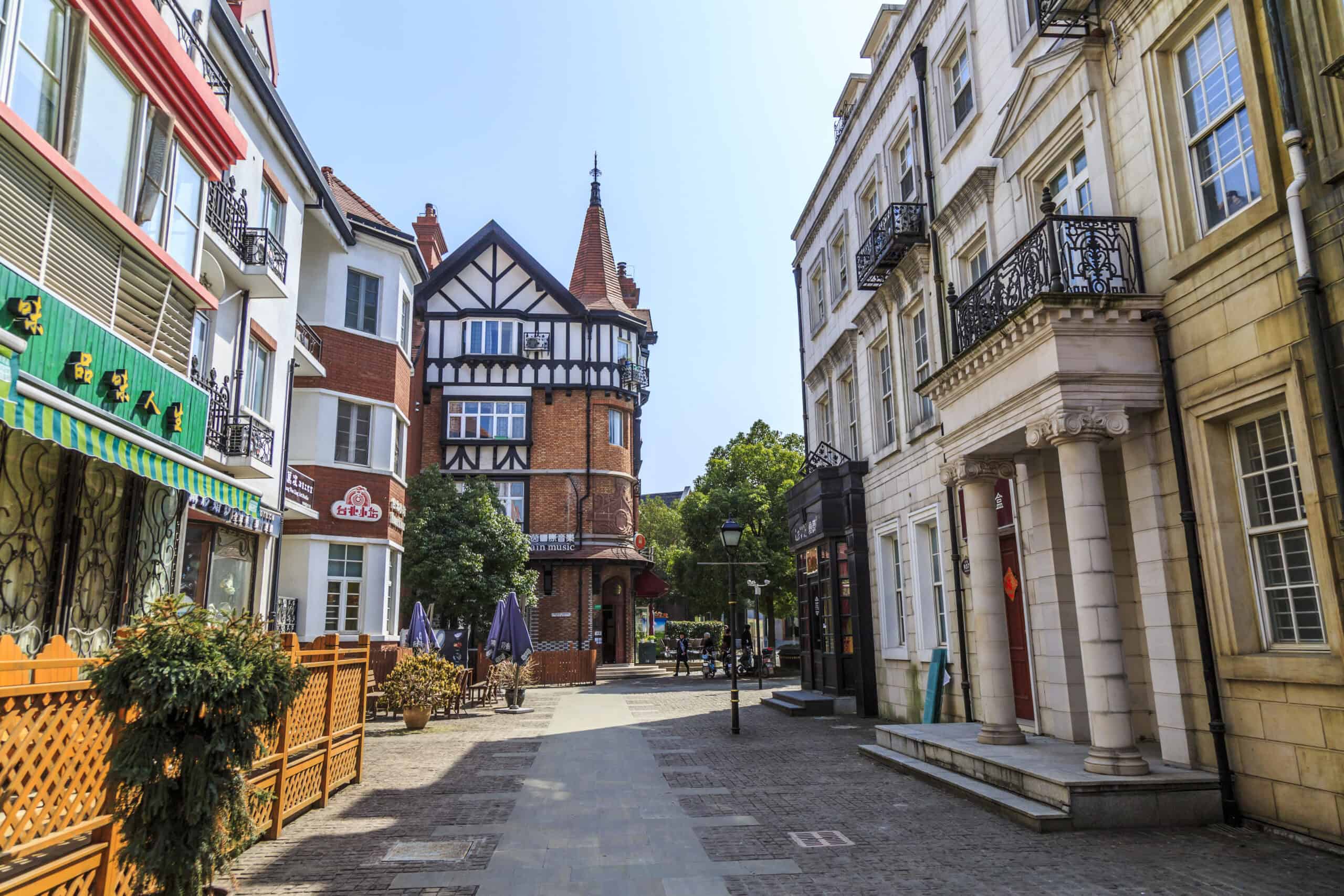
Thames Town, China, is a modern ghost town. Built in 2006, it was designed to mimic an English village. The town features cobblestone streets, Victorian homes, and red phone boxes. It was intended to attract wealthy residents. However, few people moved in. Today, Thames Town stands mostly empty. Its pristine, unused buildings create an eerie atmosphere. The town has become a popular spot for wedding photos. Despite its lack of residents, it remains well-maintained. Thames Town is a unique blend of modern design and ghostly emptiness.
Villa Epecuén, Argentina
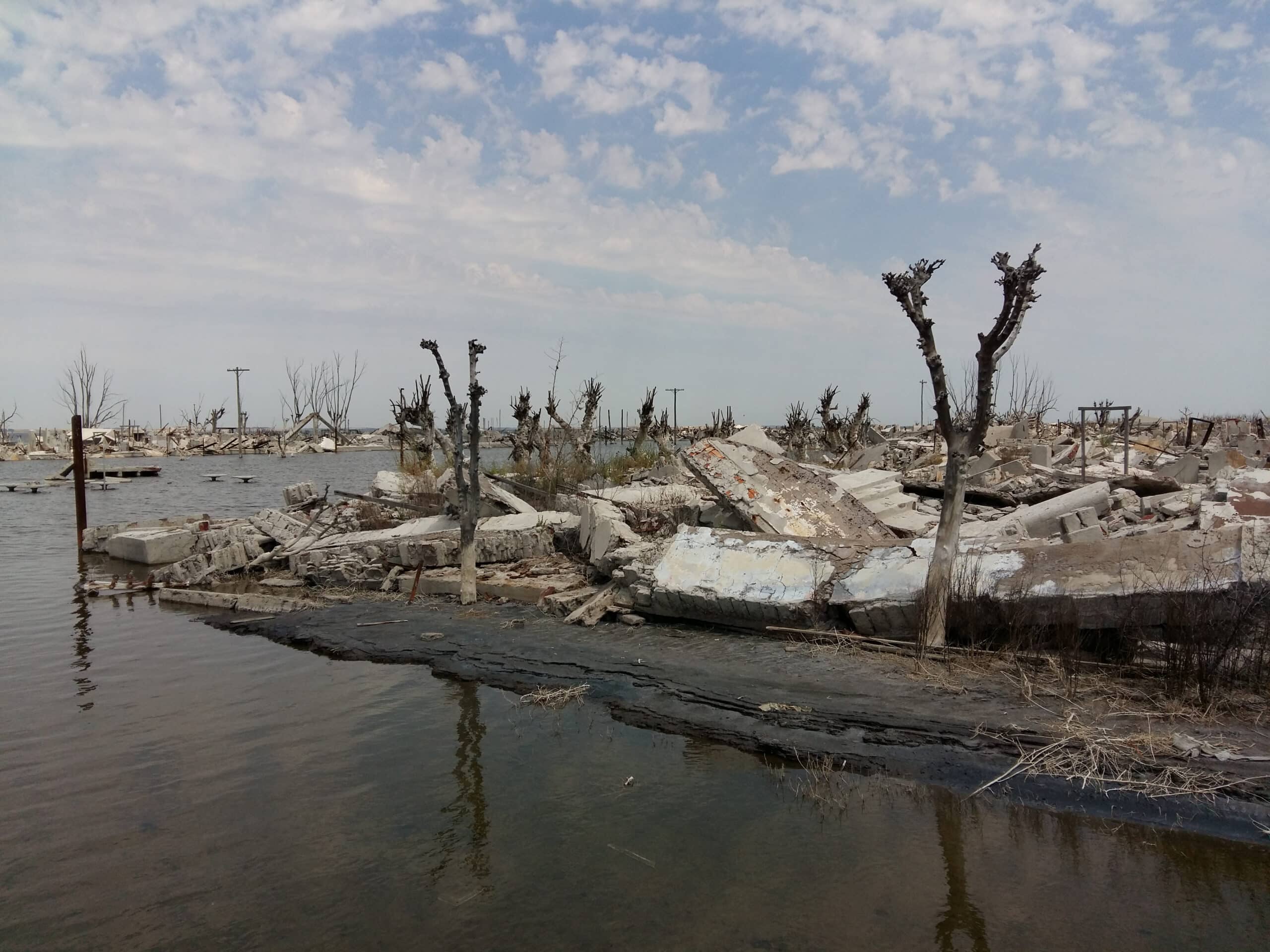
Villa Epecuén, Argentina, was a popular tourist resort. Established in the 1920s, it thrived for decades. The town was known for its saltwater lake. In 1985, a dam burst, flooding the town. The water rose, and Villa Epecuén was abandoned. After two decades, the waters receded. The saltwater left the buildings white and crusty. The town is now a stark, salt-covered ghost town. It attracts tourists and photographers. Villa Epecuén stands as a haunting reminder of nature’s power.
Glenrio, Texas/New Mexico, USA
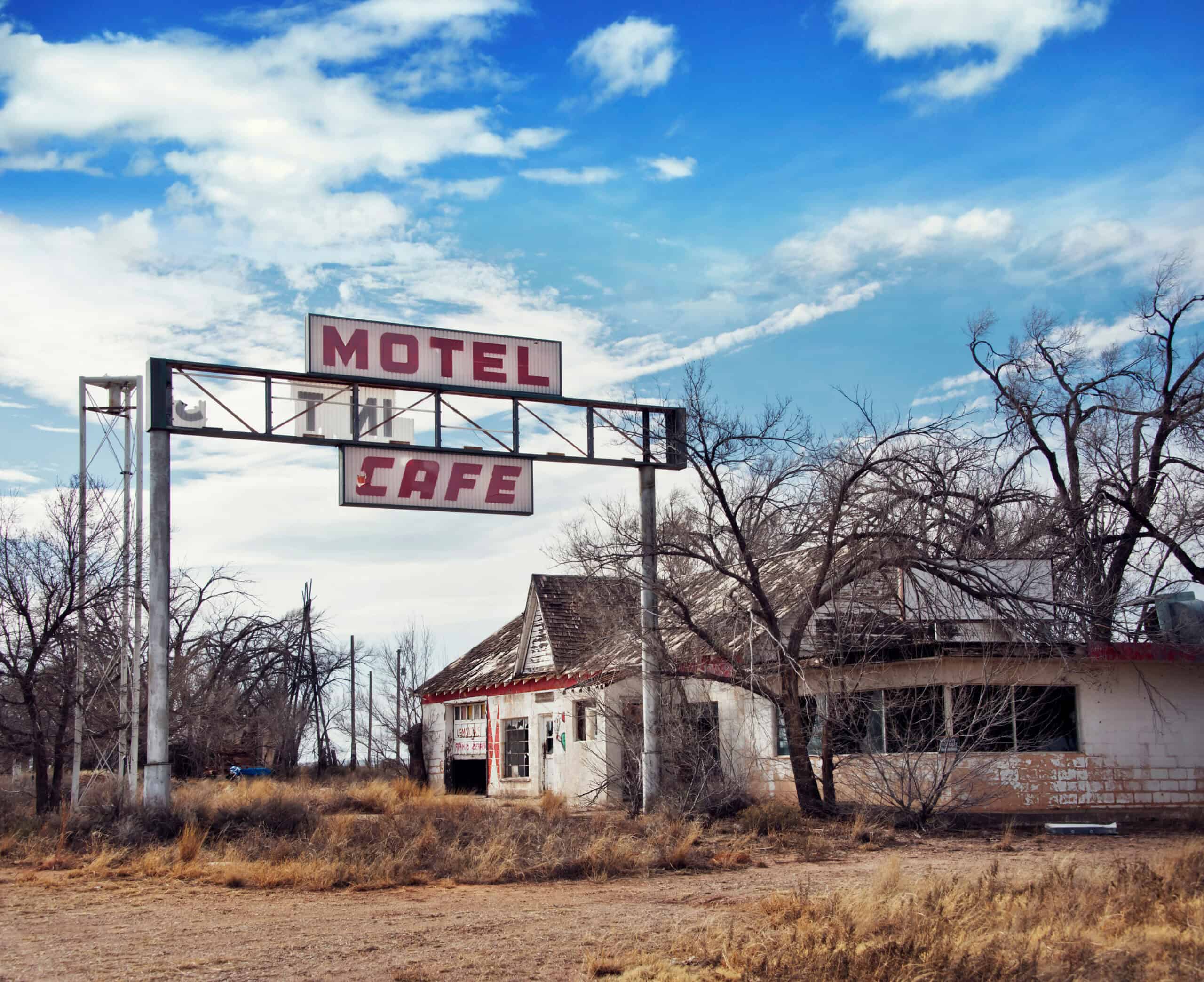
Glenrio, straddling Texas and New Mexico, was a Route 66 town. Founded in the early 1900s, it served travelers on the famous highway. The town had motels, diners, and gas stations. In 1975, the interstate bypassed Glenrio. This led to its decline and abandonment. Today, Glenrio is a ghost town with decaying structures. Old signs and buildings tell the story of its past. The town remains a nostalgic stop for Route 66 enthusiasts. Glenrio’s deserted streets and vintage charm capture the essence of America’s iconic highway era.
Ruby, Arizona, USA
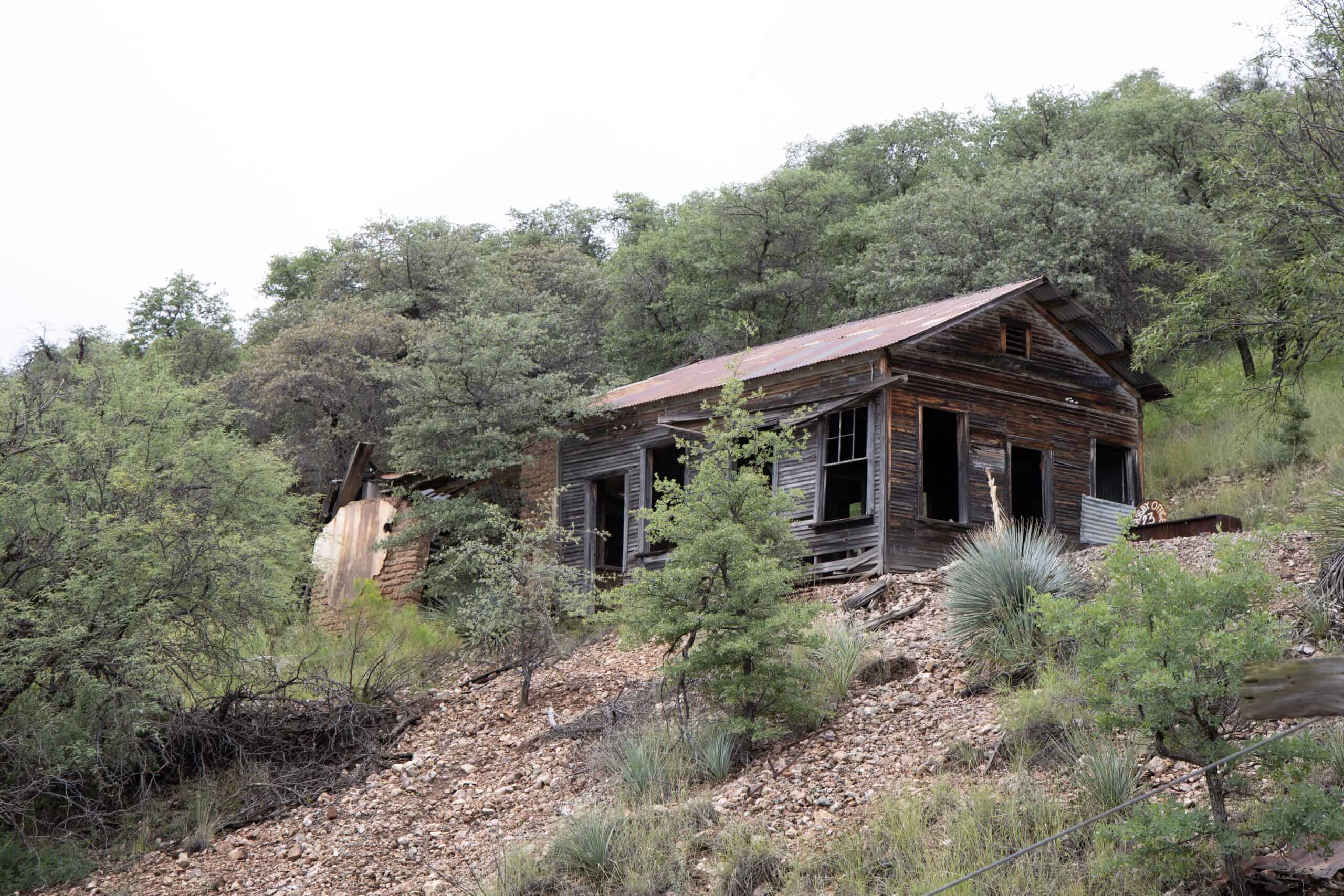
Ruby, Arizona, was a mining town established in the late 1800s. The town produced gold, silver, and zinc. At its peak, Ruby had a population of 1,200. In the 1940s, the mines closed, and residents left. By 1941, Ruby was abandoned. Today, Ruby is one of Arizona’s best-preserved ghost towns. The town’s structures, including the schoolhouse, remain intact. Ruby attracts history buffs and photographers. It offers a glimpse into Arizona’s mining past. The town’s preservation allows visitors to step back in time.
This article originally appeared on Rarest.org.
More from Rarest.org
17 Unique Species of Bats

Bats are some of the most diverse and fascinating creatures on the planet, with over 1,300 species exhibiting a wide range of sizes, shapes, and behaviors. Read More.
9 Record-Breaking Sales of Vintage Corvettes

Vintage Corvettes are some of the most sought-after cars in the collector’s market, known for their iconic design, powerful performance, and rich history. Read More.
12 Most Lucrative College Football Programs

College football is not just a game; it’s a significant revenue driver for many universities across the United States. Read More.
